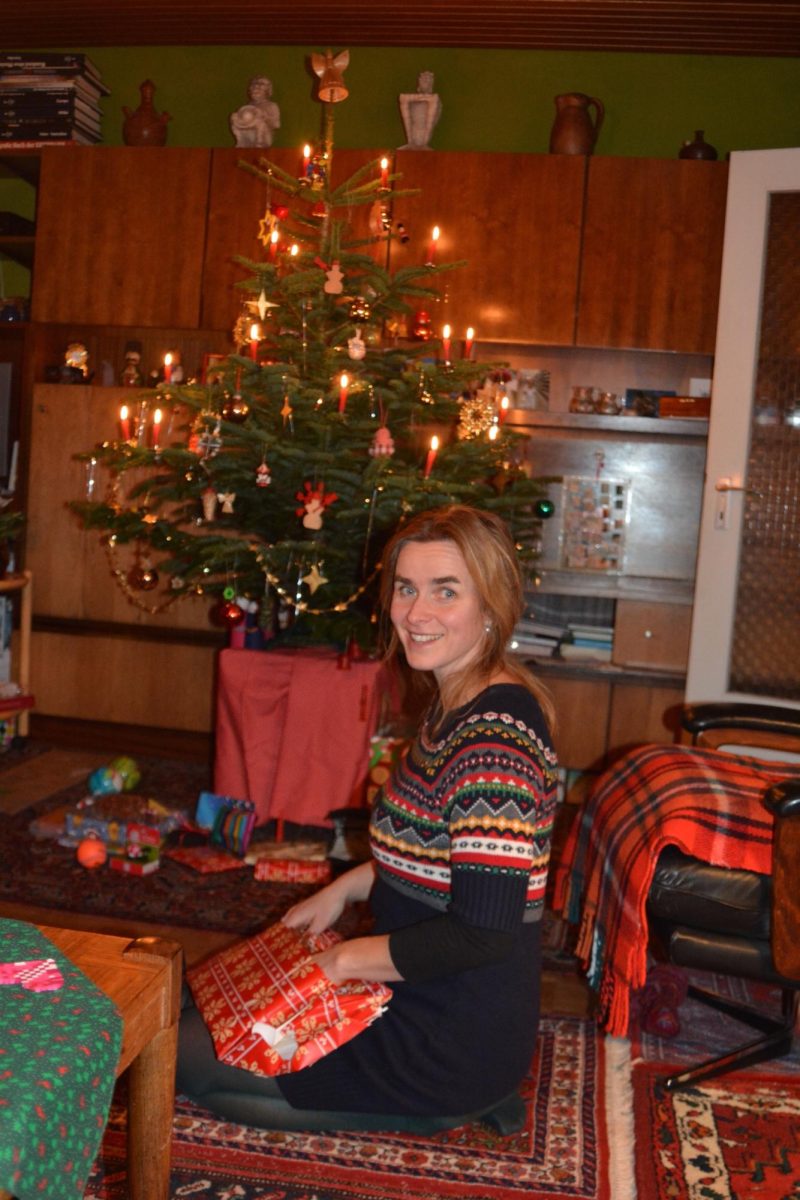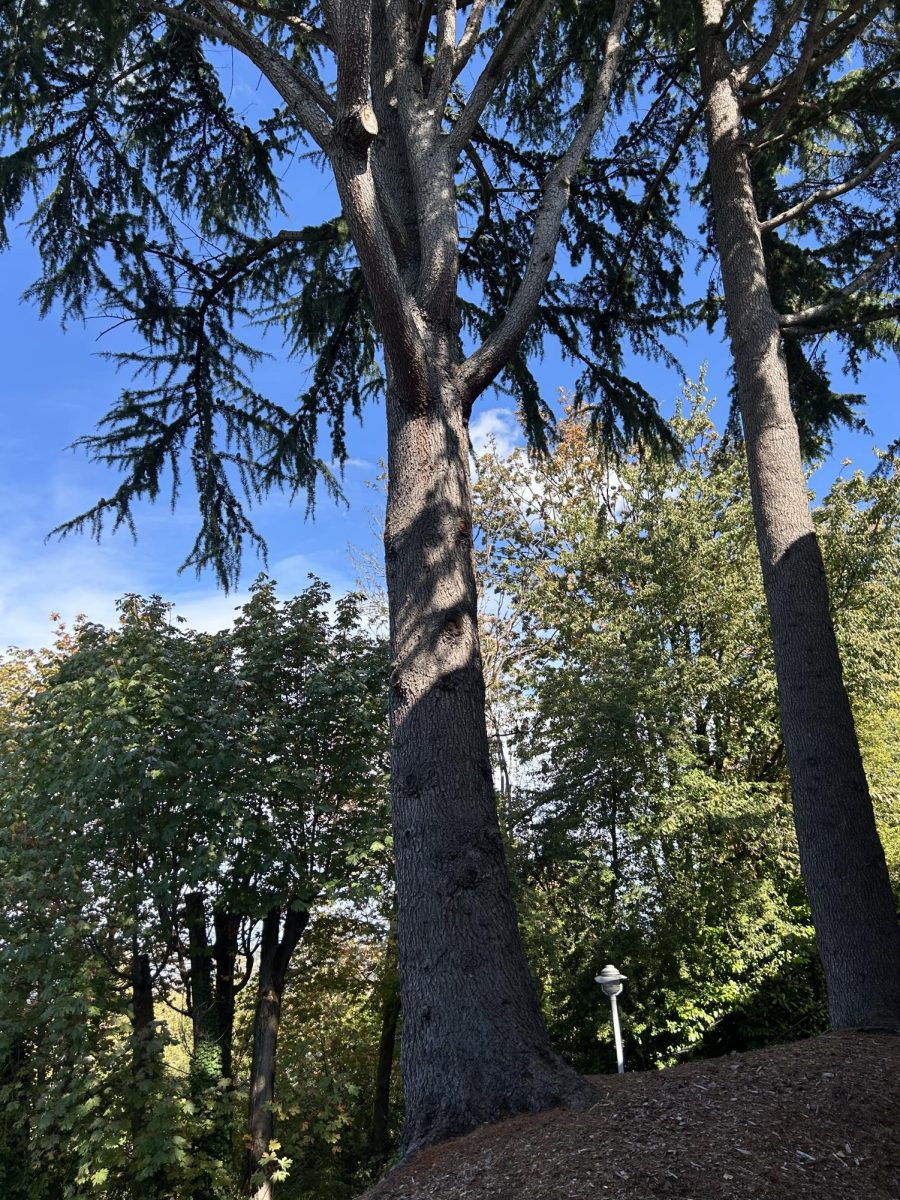Christmas, a festive season celebrated worldwide, is a time when cultures come alive with unique traditions, customs, and festivities. While the fashion in which Mexican and German cultures celebrate Christmas differs greatly, the essence remains the same – a time for joy, love, and togetherness.
In Germany, Christmas is a magical time filled with centuries-old traditions and customs. One of the most prominent traditions of German Christmas is the Christmas markets. German Teacher, Frau Khouri, shared that these festive markets pop up in cities and towns across the country, where “booths are set up, music is played along with Christmas carolers making their way about the market, festive decorations are displayed across the market such as Santa Claus flying over on a sleigh as well as angels in the town hall balconies, and of course lots and lots of food.”
Families and friends often gather in these “organically grown and immersed markets”, to enjoy the festive atmosphere throughout the day, “buy traditional decorations, and find many goodies”, Khouri explained.
While the markets open in late November Khouri stated that the “Christmas season [really] begins with advent”. During Advent, “every family in Germany has an advent wreath, on their living room table decorated with candles. Schools also have advent wreaths and often hang them in an area like the commons. Families and friends also gather each Sunday of Advent over coffee and cake to celebrate.”
Another pre-Christmas tradition in Germany is Saint Nicolas Day on the 6th of December. Khouri shared that her kids, “put their shoes out by the front door, and the next morning, after Saint Nicolas has come, the shoe is filled with marzipan, chocolate, nuts, or even some oranges”.
These festivities serve as a prelude to the main events of Christmas Eve and Day. A central tradition on Christmas Eve in Germany is setting up and lighting the Christmas tree with real candles. Khouri described this moment as sacred; “families sit around in awe, share food (something like potato salad and sausages because it is very German but also very quick), and open the presents.” Once it is Christmas Day families “often go to Church and have a big lunch or dinner as a final celebration.”
Khouri thinks “the Christmas season in Germany or Austria is the nicest way to experience the holiday”.
A very different but equally festive celebration of the Christmas season occurs in Mexico. In Mexico, Christmas is a vibrant and lively celebration deeply rooted in the blend of indigenous and Spanish traditions.
One of the most significant precursors to Mexican Christmas is Las Posadas, beginning on December 12th. Spanish Teacher, Señor Martin, described Las Posadas as a series of “reenactments in groups of neighbors, who knock door to door, singing specific songs asking for hospice and the neighbors respond that they are full since that’s how Mary and Joseph were treated but then they get to the door of the one neighbor who will host that evening’s party.”
Martin shared that families often “attend midnight mass on Christmas Eve, and then get home around 1 or 2 am Christmas morning, and then begin to open gifts.”
Similar to the celebration of Saint Nicolas in Germany, Mexican families set out shoes instead of stockings. Martin said, in his family “You would place your shoe underneath the tree, and Christmas morning there would be small presents inside your shoe”.
Perhaps the biggest difference between Christmas in Germany and Mexico is the food eaten. In Mexico, Martin said that Christmas Day is celebrated with a big dinner consisting of foods like “tamales, pozole (a soup with meat made from hominy), traditional maizena (corn pudding), warm punch (fruits, sugar cane, cinnamon, and a bit of rum)”.
Whereas in Germany, Christmas lunch is typically centered around duck, goose, or ham, and desserts like stollen and lebkuchen (gingerbread) are eaten. Khouri described stollen as “symbolizing baby Jesus as the dessert looks like a baby in its cloth. It is a pastry bread filled with marzipan and covered in powdered sugar.”
While there are obvious differences between the two cultures the significance of Christmas remains the same; a time for gathering, joy, and generosity that define the same universal holiday spirit.








